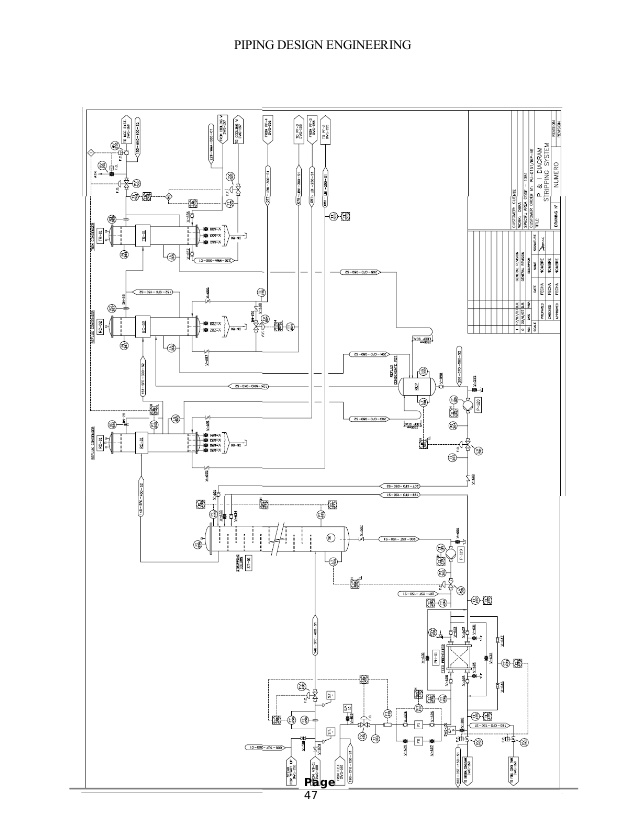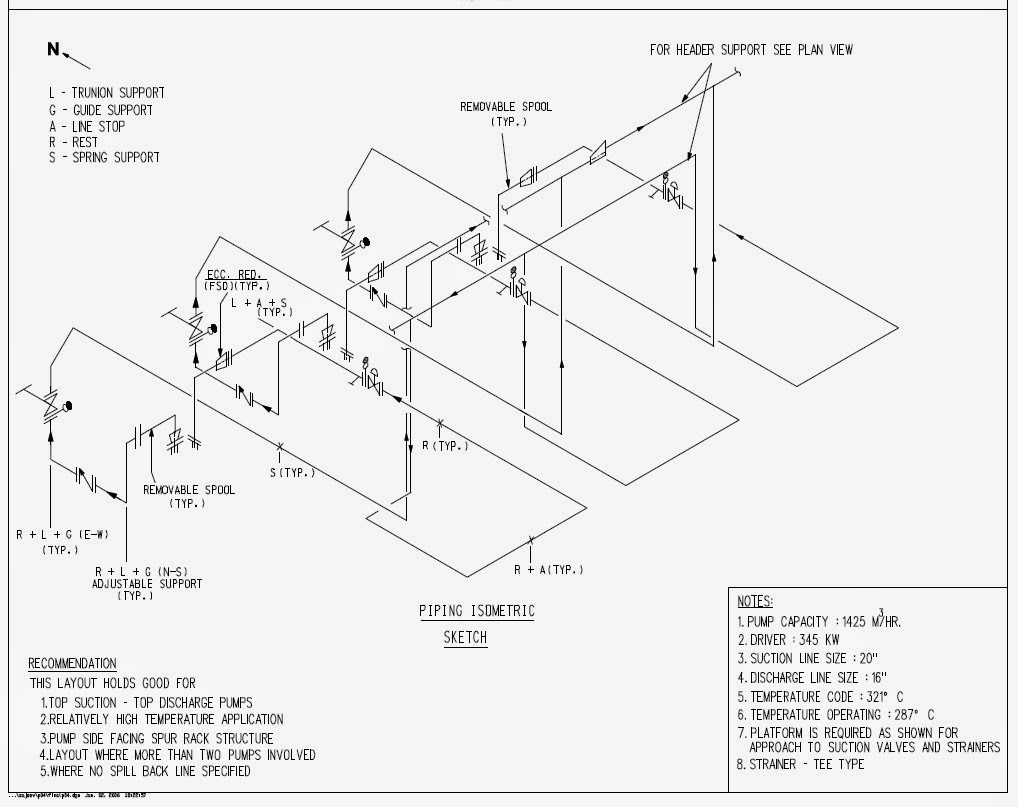

Applicants with work and life experience.Applicants with vocational education and training (VET).Applicants with recent secondary education.Some of the best logos also use this approach to create impact. Some of the best infographics use isometric projection to enable them to show more information than would be possible in a 2D drawing. In wayfinding systems, for example in museums or galleries, isometric wall maps can show visitors where they are in the building, what is going on elsewhere, and how to get to get around. There are a number of other situations in which isometric projection is useful.

They're a great way to quickly test out different design ideas. Isometric drawings are very useful for designers – particularly architects, industrial and interior designers and engineers, as they are ideal for visualising rooms, products, and infrastructure.

This tutorial (opens in new tab) walks you through how to draw a cube using an isometric grid. The super handy thing about the grid is that it already has all of the 30 degree angles set up for you. Once your eyes become accustomed to the trickery of the triangular pattern, you will immediately notice how the isometric works. The pattern can be downloaded online, and will save you lots of time and effort, or you can have a play with the grid using this isometric drawing tool (opens in new tab).Īlternatively, learn how to set up your own grid in Illustrator or Photoshop by following the video tutorial below. Using an isometric gridįor all the cheats out there who don’t have the necessary tools (or inclination) to create an isometric projection, there is a foolproof way to bash out your axonometric drawing: simply use an isometric grid. You should be able to see the form of the cube where all of the lines intersect. The lines from the second and third point will cross at a certain point, and from this intersection, draw a vertical line down towards the angled lines coming from the bottom point. Repeat this step through the middle point and the same through the top point, but with the top point, mark out the angle downwards. Draw a line back through the lowest point from the 30 degree angle on each side. Draw a horizontal line through the lowest point, and using the protractor, mark out a 30 degree angle up from the line on either side. Using the ruler, draw a vertical line on the page, and mark three equally spaced points along it. You will need a piece of paper, ruler, pencil and protractor (or for the shortcut version, using gridded paper, jump to the next section). 3D shapes drawn with isometric drawing (Image credit: Cmglee)ĭrawing a cube using isometric projection is very easy.


 0 kommentar(er)
0 kommentar(er)
